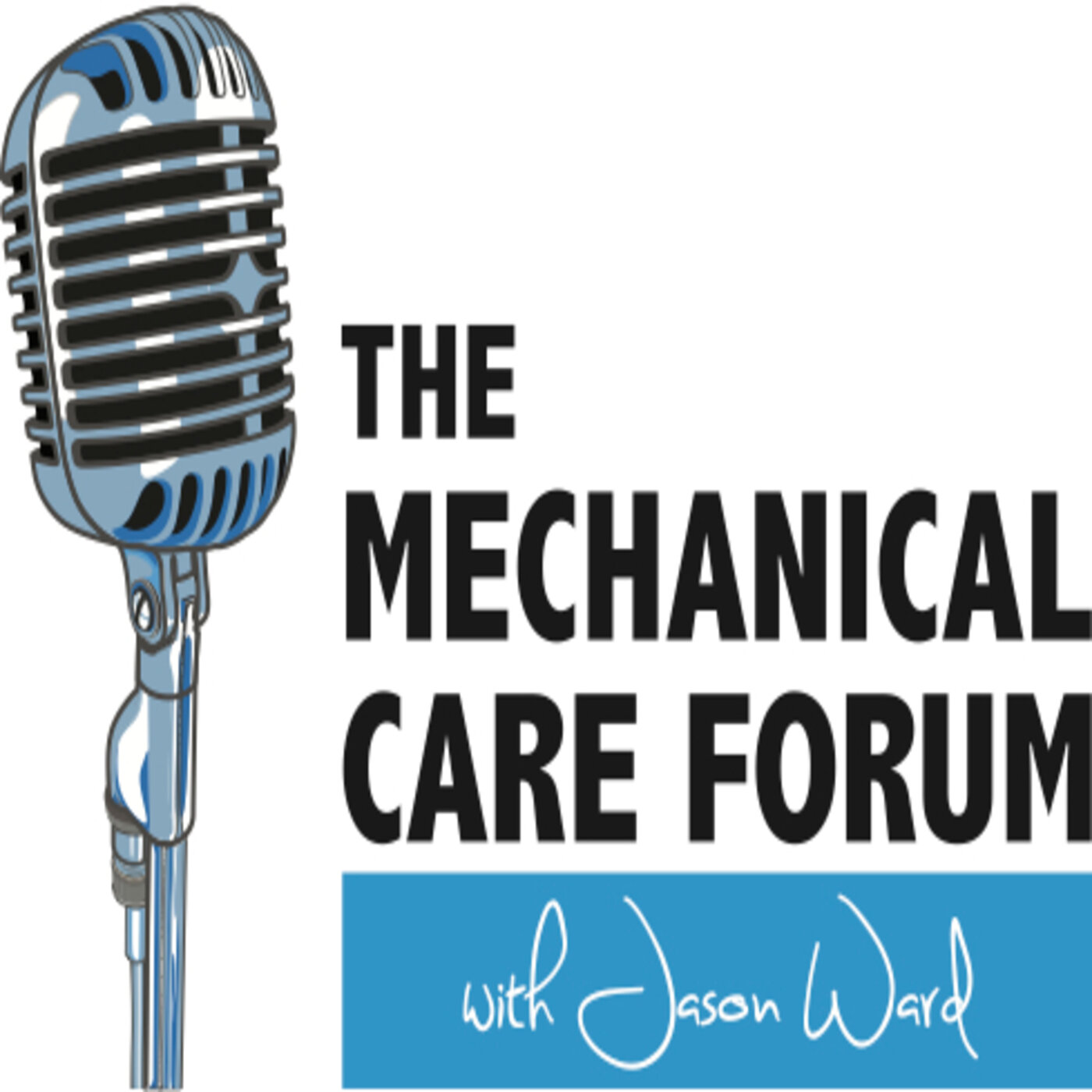Audrey Long
Canada | PT, Dip. MDT
SHOW NOTES
Professional Background
Trained in Canada and practiced in non-profit and multidisciplinary for-profit clinic and more recently in a private practice. Her first exposure to MDT was when she suffered her own injury which gradually went away but recurred about 3 months later. When a colleague observed her limping and guided her through a couple of sessions noticing rapid improvement within a few hours once she was taught a side glide exercise.
Quote
A meaningful quote to Audrey came from a friend and colleague who said,
“It can be a real challenge to balance what the patient wants and what the patient needs.”
She never set out to produce research but in working in the multidisciplinary program she was encouraged to pursue an idea she shared with a psychologist and utilized others who had experience in writing, statistics and editing to help. She was inspired to study subgrouping by a Kevin Spratt paper produced in 1993. Other papers which attempted to study treatment effects but without subgrouping the subjects, further motivated Audrey to design studies that did subgroup like she did.
Audrey encourages more clinicians to look into producing papers on the cervical spine and headaches and possibly use a lumbar study that has already been done to model that paper on as to not have to create it from scratch. She also encourages those new to research to team up with statistician and PhD’s who have experience in lit reviews to help.
Greatest Challenge
She sees some of the greatest challenges for mechanical assessment experts is demonstrating our worth. Other challenges include the disincentives associated with being effective in care and the reimbursement model that actually rewards the less effective and less efficient.
Primary Strength
Our primary strength includes the message that those living with pain either spending a lot of money on endless treatments that fail to resolve it or others who simply live with it.
We hope to deliver this content to the committed professional who wants to improve his/her care and we hope to do it in a way that is easily accessible, the world over, in today's technological age.
To contribute:
Give a 5-star review on iTunes;
Share EP #5 with a friend; and/or
Connect with us on the the MCF Website and MCF Instagram page!
Thanks for your support!

